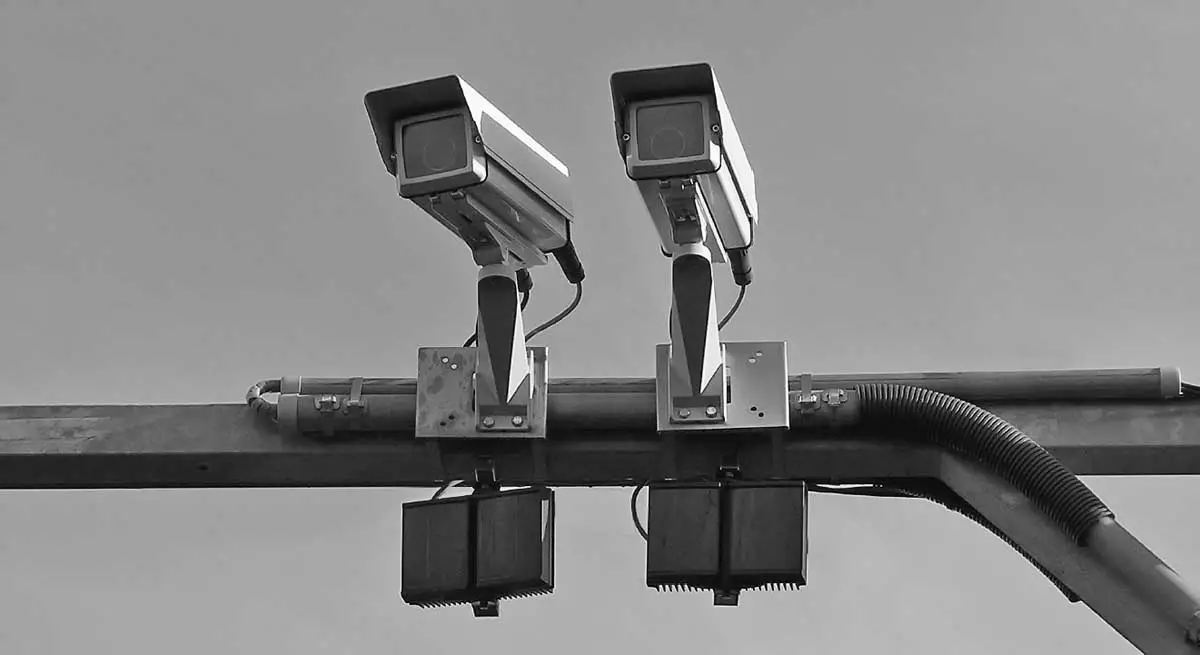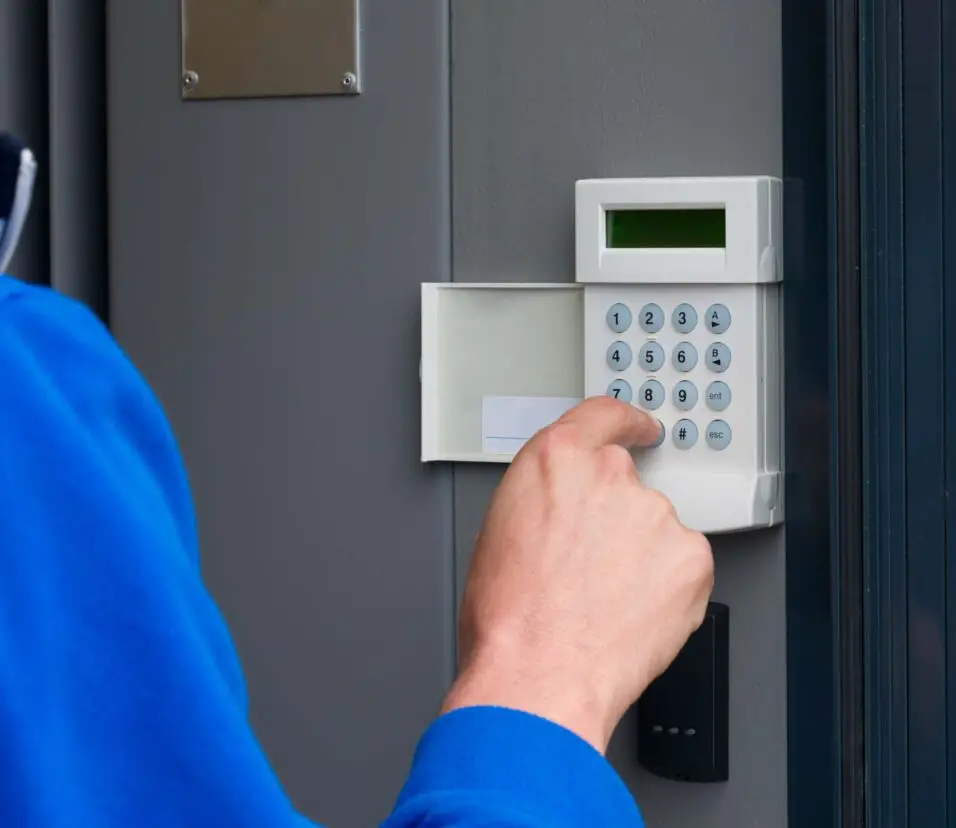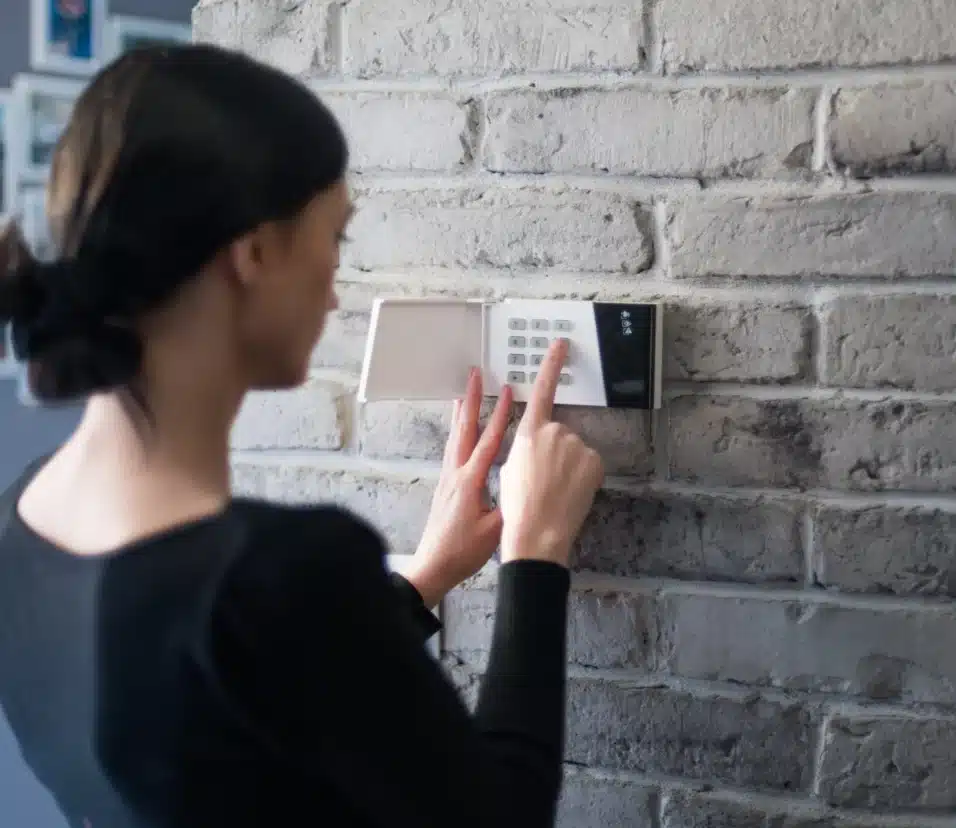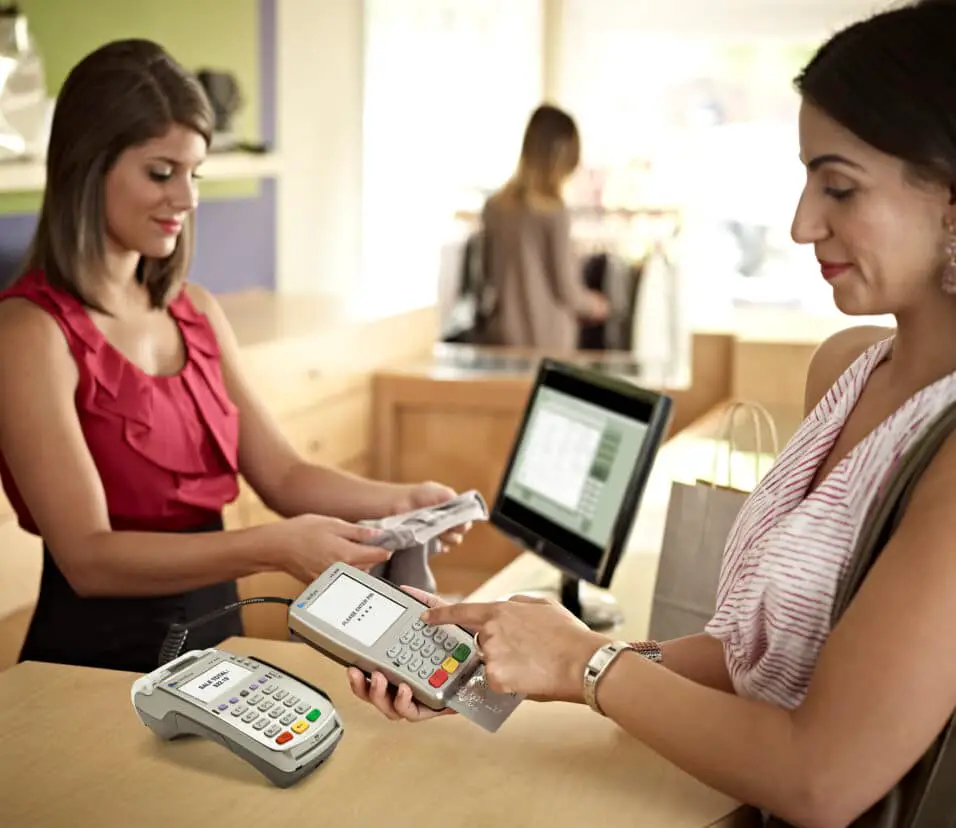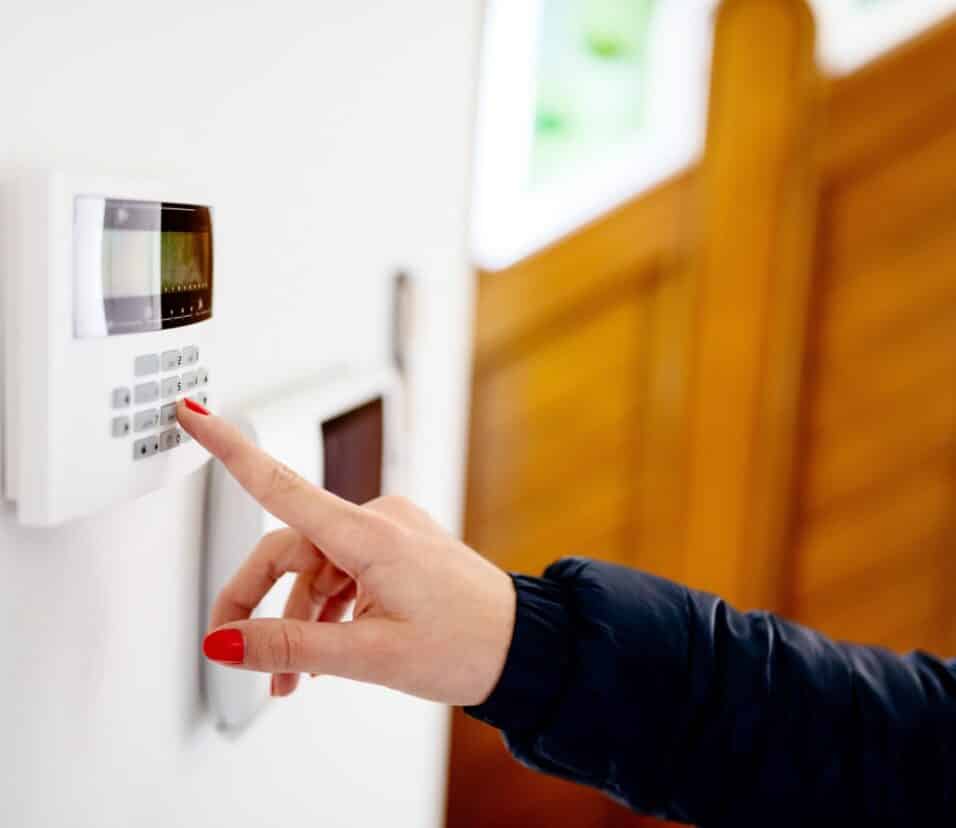Can Surveillance Cameras See License Plates
Introduction
Can Surveillance Cameras See License Plates: Surveillance cameras have become an integral part of our daily lives, with their presence being felt in various public spaces such as streets, parking lots, and buildings. These cameras serve as a deterrent to crime and provide valuable evidence in investigations. One common question that arises is whether surveillance cameras have the capability to see license plates. In this article, we will explore the technology behind surveillance cameras and their ability to capture license plate information.
License plates play a crucial role in identifying vehicles and their owners. Traditionally, law enforcement agencies relied on manual methods to record license plate information, such as police officers physically writing down the details. However, with advancements in technology, surveillance cameras have become a powerful tool in automating this process.
One of the key technologies used in surveillance cameras to capture license plates is Automatic License Plate Recognition (ALPR). ALPR systems use optical character recognition (OCR) algorithms to read and interpret the characters on a license plate. These systems can quickly scan and analyze multiple license plates in real-time, allowing for efficient identification and tracking of vehicles. ALPR technology has proven to be highly effective in law enforcement, traffic management, and parking enforcement.
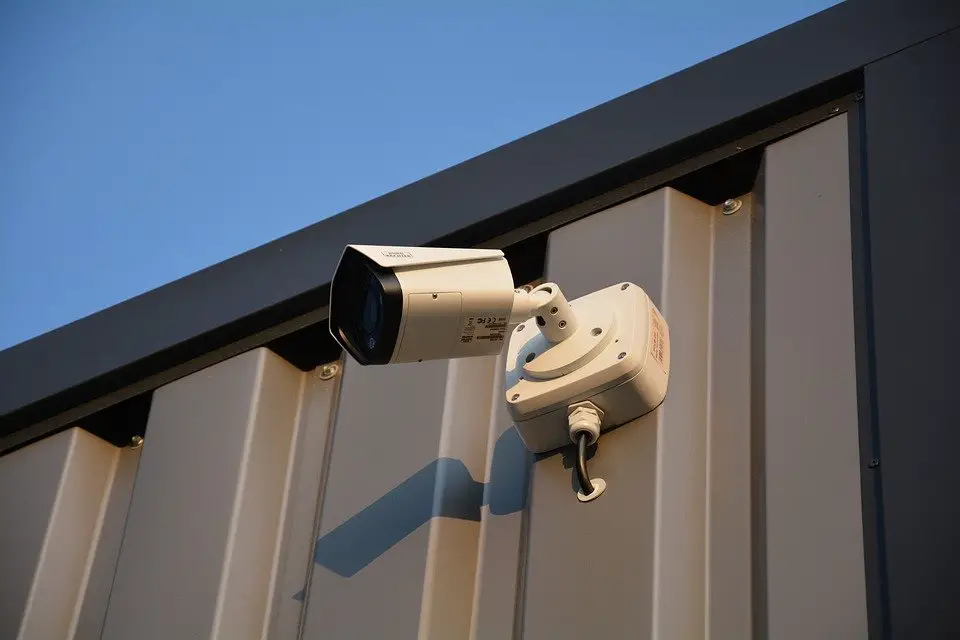
What security cameras can read number plates?
If you are looking for a security camera to capture and record license plate numbers, then you are in luck. We have a camera at Nelly’s Security that is perfect for you. The NSC-LPR-832-BT1 is a license plate recognition camera, or an LPR. It’s a 2MR EXIR bullet camera with an 8-32mm zoom lens.
Many security cameras can read number plates. These license plate cameras are great for parking enforcement, traffic monitoring, and law enforcement since they capture crisp, accurate images. Advanced image quality and license plate recognition technologies allow these cameras to read number plates.
The Automatic License Plate Recognition (ALPR) camera can read number plates. Using specialized software, these cameras can recognize license plates in real time. ALPR cameras employ optical character recognition (OCR) to translate license plate photos into text for tracking traffic offenses and locating stolen vehicles.
Specialized license plate recognition cameras exist alongside ALPR and high-resolution security cameras. These license plate reading cameras use infrared lighting and wide dynamic range for crisp images.
ALPR cameras, high-resolution surveillance cameras, and license plate recognition cameras can read number plates. Advanced license plate recognition technology makes these cameras useful for many purposes.
Is there a camera that can read text?
Assistive Technolgy: KNFB Reader
The app enables the camera to take pictures of printed material, rapidly convert the images into text, and read the text aloud using high quality text-to-speech, TTS.
Yes, there are cameras that can read text. OCR technology allows cameras to capture images of text and convert them into editable and searchable documents. This technology has revolutionized the way we interact with printed text, making it easier to digitize and process information.
OCR cameras work by using advanced algorithms to analyze the patterns and shapes of characters in an image. They can recognize and extract text from various sources, including books, documents, signs, and even handwritten notes. This makes them incredibly versatile and useful in a wide range of applications.
One of the most common uses of OCR cameras is in document scanning and digitization. This saves time and effort, especially when dealing with large volumes of documents. These cameras can capture text from books, menus, and other printed materials, and then convert it into speech or braille. This enables visually impaired individuals to access and read printed text independently. This allows users to easily capture and extract text from images using their mobile devices.
Where should the camera be placed for license plate recognition?
Guidelines for installing LPR cameras
Ceiling-mount or pole-mount the cameras so that the vertical angle between the vehicle and cameras is between 15° and 30° to the road surface. Mount the camera so that the horizontal angle between the vehicle and the camera is between 15° and 25°.
Camera positioning is critical for accurate and efficient license plate identification. Camera angle is vital when placing the camera. This makes license plate characters visible and legible to license plate recognition software.
Camera-license plate distance is also significant. The camera should be far enough away to catch the complete license plate without cutting it off. This distance depends on the camera, lens, and license plate size in the area.
Camera height is also important. The camera should be high enough to catch license plates from cars, trucks, and motorbikes. This lets the camera catch license plates from different angles and heights without losing accuracy.
The license plate recognition camera should be angled to catch the plate directly without distortion. The spacing and height should allow it to catch the complete license plate in the frame and accommodate automobiles of various sizes. These criteria enable precise and efficient license plate recognition.
What are the methods for number plate detection?
Traffic monitoring, parking management, and law enforcement require number plate detection.
Number plate detection often uses template matching. This method compares the input image to number plate templates. Capture and store photographs of different number plates to create templates. Comparisons between templates determine the best match for the input image. Another number plate detecting approach is edge detection. This method detects input picture number plate edges. Processing can extract the number plate region after detecting the edges.
Number plate detection automatically reads vehicle license plates. It is crucial in traffic control, law enforcement, and parking systems. Number plate detection entails taking a picture of the license plate, extracting the characters, and utilizing OCR to turn them into text.
Vision studies how computers can see and understand images. Computer vision algorithms locate license plates in collected photos for number plate detection. These algorithms can recognize a license plate, locate and orient it, and manage lighting and plate size changes.
What technologies are used in surveillance cameras to enhance license plate visibility?
Another important technology used in number plate detection is image processing. This can involve operations such as noise reduction, contrast adjustment, and edge detection.
Machine learning and artificial intelligence play a significant role in number plate detection. This allows for more robust and accurate number plate detection, even in challenging conditions. Surveillance cameras capture clear images of license plates through a combination of advanced technologies and techniques. High-resolution cameras with megapixel sensors are capable of capturing clear and sharp images of license plates, even from a distance.
Surveillance cameras may incorporate advanced image processing algorithms to further enhance the clarity of license plate images. By analyzing and adjusting the captured images in real-time, surveillance cameras can produce clear and readable license plate images.
Surveillance cameras employ several technologies to enhance license plate visibility and improve the accuracy of license plate recognition. One such technology is infrared illumination, which uses infrared light to illuminate the license plate and capture clear images even in low light conditions. Infrared illumination is particularly effective at night or in areas with poor lighting.
Additionally, some surveillance cameras may incorporate advanced features such as wide dynamic range (WDR) and digital noise reduction (DNR).
What technologies are used in surveillance cameras to enhance license plate visibility?
Surveillance cameras use a variety of technologies to enhance license plate visibility and capture clear images. One of the key technologies used is high-resolution imaging sensors. These sensors have a higher pixel count, allowing them to capture more details and produce sharper images. Additionally, surveillance cameras often employ advanced image processing algorithms that can enhance the clarity and contrast of license plate images.
Another technology commonly used is infrared illumination. By using infrared illumination, cameras can capture clear images of license plates even in low light conditions. This is particularly useful for nighttime surveillance or areas with poor lighting.
These lenses have a narrow field of view and can focus specifically on license plates, ensuring that the images captured are clear and legible. Additionally, cameras may also have features such as automatic license plate recognition (ALPR) software, which can further enhance the accuracy and readability of license plate images.
Can surveillance cameras accurately read license plates in low light conditions?
Infrared illumination is a technology that uses infrared light to illuminate the scene, making it possible for surveillance cameras to capture clear images in complete darkness or low light conditions. IR illuminators emit infrared light that is invisible to the human eye but can be detected by the camera’s image sensor. This allows the camera to capture detailed images of license plates, even in situations where traditional lighting is insufficient.
High dynamic range (HDR) imaging is another technology used in surveillance cameras to enhance license plate visibility in low light conditions. HDR imaging combines multiple exposures of the same scene to create a single image with a wider dynamic range. This means that both the bright and dark areas of the image are properly exposed, resulting in clearer and more detailed license plate images.
Are there any legal restrictions on using surveillance cameras to capture license plate information?
Yes, there are legal restrictions on using surveillance cameras to capture license plate information. The specific laws and regulations regarding the use of surveillance cameras vary by country and even by state or region within a country. In many jurisdictions, the use of surveillance cameras is subject to privacy laws and regulations that aim to protect individuals’ rights to privacy.
How long are license plate images typically stored by surveillance cameras?
Law enforcement, traffic monitoring, and security use surveillance cameras to capture and store license plate photos. License plate image storage depends on the application and the surveillance system operator’s policies.
Some license plate photos are retained for a few days or weeks. This is common for parking lot and other surveillance cameras that monitor and enforce parking laws. These systems usually only need to keep license plate photos for a short time to resolve disputes.
On the other hand, surveillance cameras used for law enforcement or security purposes may store license plate images for much longer periods, sometimes up to several months or even years. This extended storage time allows law enforcement agencies to review past footage and investigate crimes or incidents that may have occurred in the vicinity of the surveillance camera. It also provides a valuable resource for identifying and tracking vehicles involved in criminal activities.
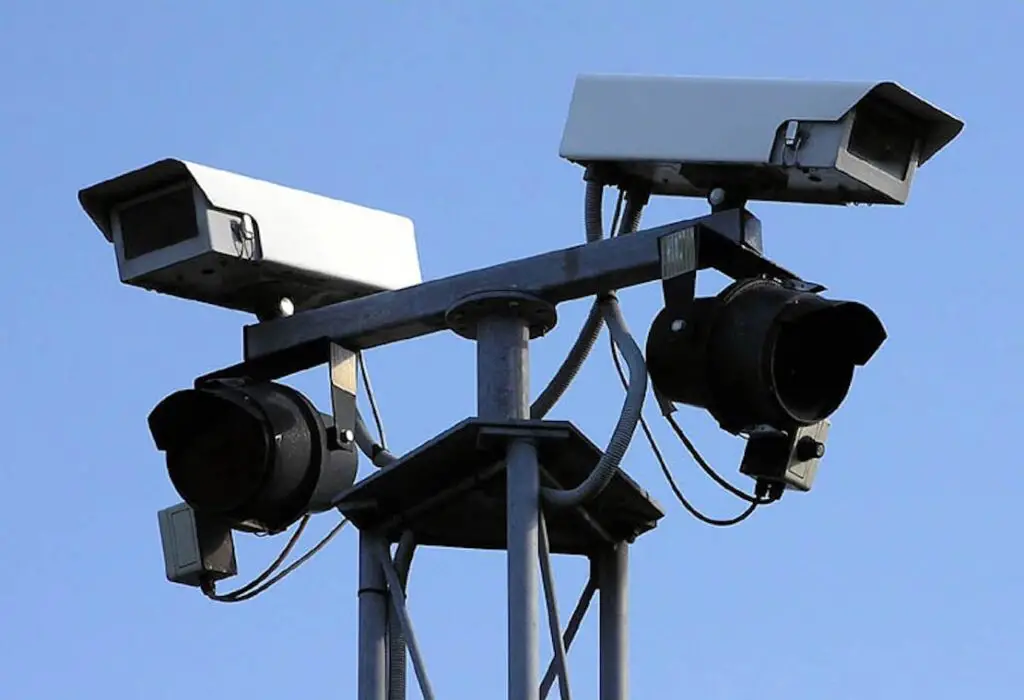
Conclusion
Surveillance cameras are indeed capable of capturing and identifying license plates. With advancements in technology, these cameras have become more sophisticated and accurate in their ability to capture clear images of license plates, even in challenging lighting conditions or at high speeds. This has proven to be a valuable tool for law enforcement agencies and private businesses in various applications, such as traffic enforcement, parking management, and security monitoring.
Surveillance cameras equipped with Automatic License Plate Recognition (ALPR) software have the ability to quickly scan and analyze license plates in real-time. This technology uses optical character recognition algorithms to convert the images of license plates into readable text, allowing for instant identification and comparison against databases of known vehicles. This has greatly enhanced the efficiency and effectiveness of law enforcement efforts, enabling them to quickly identify stolen vehicles, locate suspects, and enforce traffic regulations.
The use of surveillance cameras with ALPR technology has also proven to be beneficial for private businesses. This helps to prevent unauthorized parking and reduces the risk of theft or vandalism. Additionally, businesses can use the captured license plate data for marketing purposes, such as analyzing customer behavior or tracking vehicle frequency.



